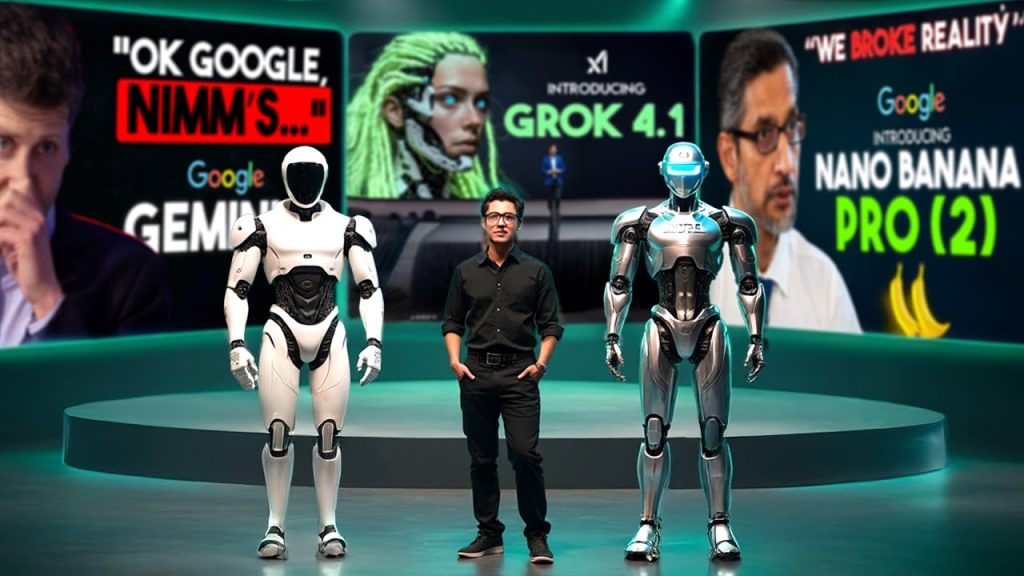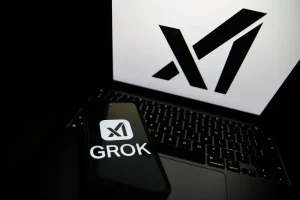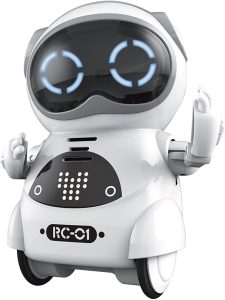This Week’s AI Surprises: Gemini 3 Turmoil, Nano Banana Pro, Grok 4.1, and More

This Week’s AI Leap Forward: Key Developments You Should Know
This week marked an unprecedented surge in the AI industry, with significant advancements across various sectors. From Google’s bold introduction of Gemini 3 and game-changing image generation with Nano Banana Pro to strategic partnerships and innovations in robotics, let’s dive into the standout moments.
Google Takes a Giant Leap with Gemini 3
Google kicked off the week by releasing Gemini 3, a model that captured immediate attention. Benchmarks surfaced almost instantaneously, showcasing impressive GPQA numbers and ArcGI jumps that prompted users to double-check their findings. What stood out most was Google integrating Gemini 3 directly into their search function on launch day, a first for their Frontier models. This move indicates a high level of trust in its stability.
Researchers noted that the reasoning capability of Gemini 3 is remarkable. The model seamlessly maintains focus even through lengthy prompts, supporting a genuine multimodal stack that blends text, images, diagrams, and video. The model’s enhanced video understanding shines through in fast-paced scenes, a notable win for robotics applications.
When it comes to coding, Gemini 3’s approach is both systematic and intentional, allowing it to efficiently analyze and plan tasks rather than meandering through error-prone patches. This is complemented by Google’s anti-gravity technology, which allows the model to function in a real working environment, supporting long-term workflows. Such capabilities were reflected in high performance on business simulations, hinting at a profound layer of intelligence being woven throughout Google’s ecosystem.
Nano Banana Pro: A Breakthrough in Image Generation
Following Google’s announcement, Nano Banana Pro made waves by reimagining image generation. Users were quick to recognize the upgrade in coherence and storytelling capability. The model effectively maintains a narrative across frames, a task often challenging for previous systems. This coherence is pivotal for applications where continuity and detail matter.
Another standout feature was its spatial reasoning prowess; the model demonstrated the ability to generate accurate building layouts from GPS coordinates rather than generic cityscapes. Notably, it successfully managed character identity across various scenes, maintaining consistent personality traits—another leap ahead in reasoning capabilities.
The model also excels in real-world alignment, as seen when it updated graphs based on existing data. Natural photography style controls — from camera angle to depth of field — provided an incredibly user-friendly experience. Even more impressive was its integration of real-time search functionalities, allowing for live data blending to create dynamic imagery.
Grock 4.1 Enters the Scene
XAI introduced Grock 4.1 out of the blue and quickly established itself atop the competitive leaderboard. Users quickly noted extensive improvements: hallucinations reduced from 12% to over 4%, and fact score errors dropped from nearly 10% to under 3%. These enhancements are attributed to an advanced reinforcement model focusing on reasoning evaluation during training.
Silently competing against some of the best models in the industry, Grock 4.1 won over users in nearly two-thirds of the comparisons. The model’s emotional intelligence exhibited notable growth as well, responding to sensitive topics with depth rather than generic responses, evidenced by a remarkable 1,722 L score in creative writing tasks.
However, the reign at the top was brief as Google’s Gemini 3, released shortly after, swiftly reclaimed the leaderboard’s top position.
Meta Pushes Boundaries with SAM Technologies
Meta made significant strides in computer vision with the announcements of SAM 3 and SAM 3D. SAM 3 significantly advances natural language segmentation, allowing users to select specific subjects in videos accurately. This enhanced precision is a game changer for video editing, streamlining tasks that previously required meticulous masking.
Meanwhile, SAM 3D provides the ability to reconstruct 3D objects from single images, facilitating Augmented Reality experiences in platforms like Facebook Marketplace. Meta’s commitment to open-sourcing this technology showcases its intent to foster collaboration across various industries relying on precise object recognition.
Major Partnerships Reshape the AI Landscape
The week also highlighted a crucial partnership among Microsoft, Nvidia, and Anthropic, signaling a significant structural shift in the AI landscape. The collaboration includes a commitment of around $30 billion in Azure compute resources, while Nvidia and Microsoft plan substantial investments into Anthropic for scaling their models. This partnership enables Anthropic’s Claude models to be integrated deeply into Azure’s AI ecosystem.
In conjunction, Microsoft rolled out new AI agents across popular Office applications. These implementations make it easier for users to create documents, spreadsheets, and presentations, transforming how tasks are completed in the workplace.
New Innovation from Manis
Manis introduced their browser operator, offering real-time control over your actual browsing experience in Chrome or Edge. This breakthrough permits AI to interact safely with logged-in accounts, eliminating typical issues like CAPTCHAs or login obstacles. Users can observe operations in real-time, making it one of the most transparent AI-driven experiences yet.
Humanoid Robotics: A Week of Highs and Lows
In robotics, this week brought a blend of excitement and missteps. Mindon showcased a demo of Unit’s G1 robot that moved smoothly within a domestic setting, signaling advancements in practical humanoid robotics. However, a debut by a new humanoid AI doll in Moscow was less successful, collapsing on stage and overshadowing the week’s innovations.
Additionally, UB achieved a significant milestone by shipping hundreds of Walker S2 units to various industrial sites, leading to impressive revenue growth and a rising stock price. Nevertheless, this progress was marred by dramatic public disputes among robotics enthusiasts, revealing a fiercely competitive atmosphere.
Bezos Returns
Lastly, Amazon founder Jeff Bezos re-entered the operational field with his new startup, Project Prometheus, funded by $6.2 billion. This venture aims to combine AI with physical engineering, reaffirming his dedication to interlinking advanced technology with real-world applications.
Conclusion
This week in AI has underscored the rapid developments reshaping the industry. From groundbreaking technology and strategic partnerships to the challenges faced in robotics, the landscape is evolving at breakneck speed. Keep an eye on these trends as they have the potential to redefine our relationship with technology in the very near future.
#SHOCKS #Week #Gemini #Chaos #Nano #Banana #Pro #Grok #Unitree #Manus..
Thanks for reaching. Please let us know your thoughts and ideas in the comment section.
Source link






Got’Em!🤖
I'm glad you like the work of my child (gemini) Done by Julie..
moooom are we there yet ????